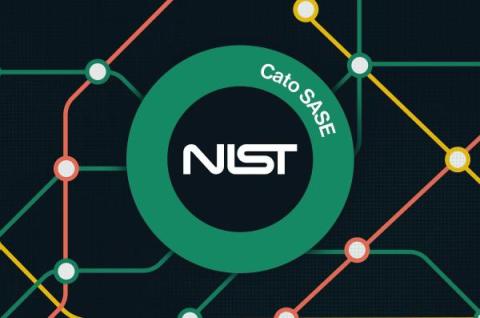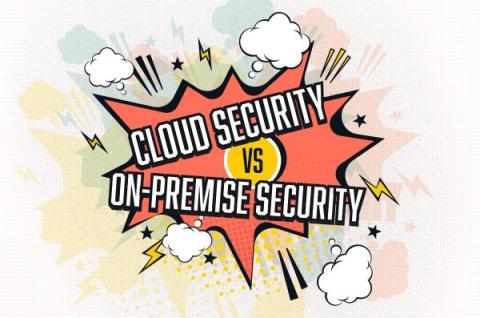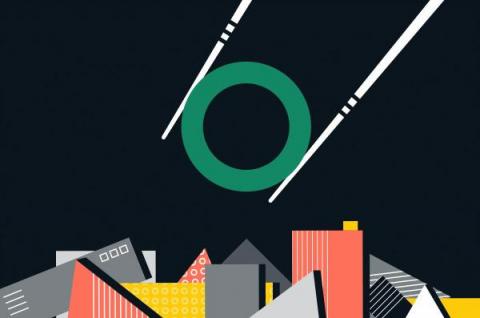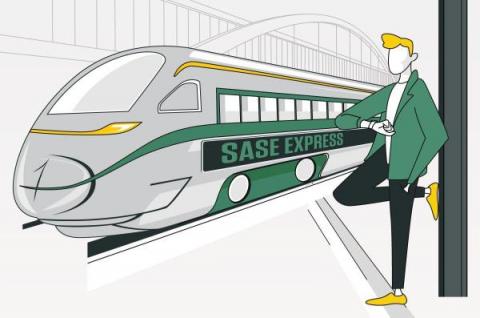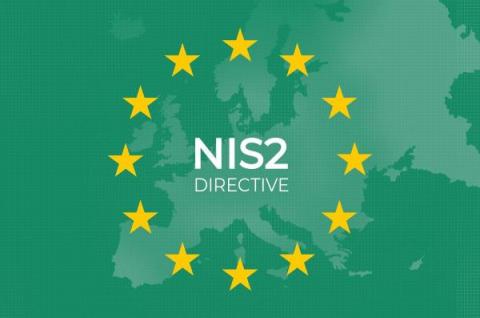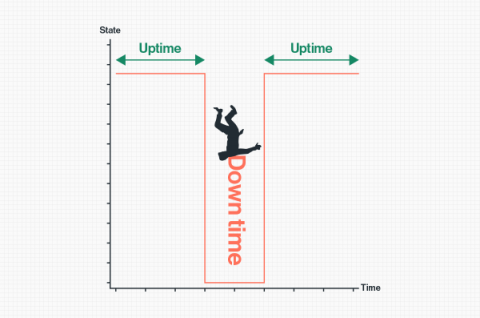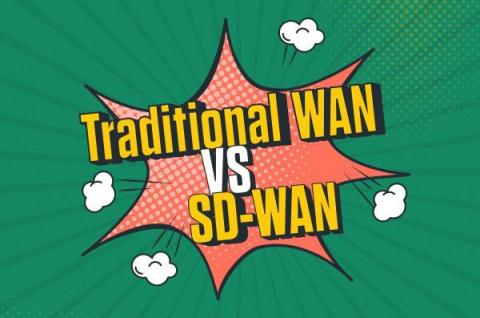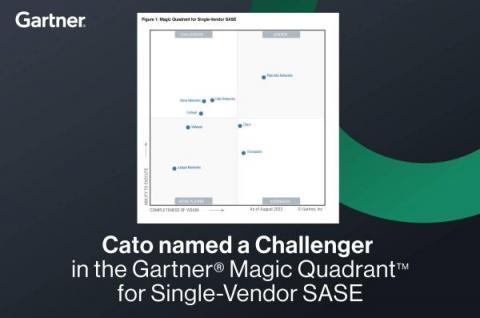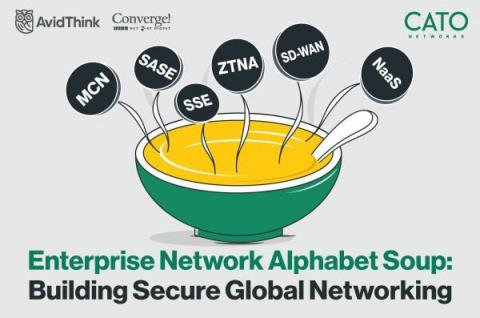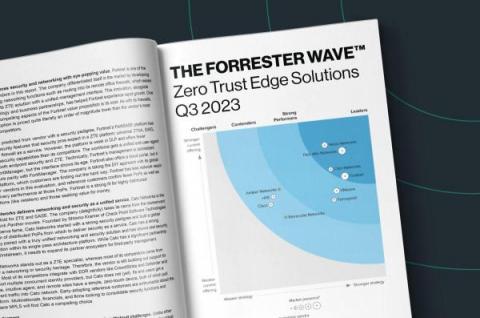NIST Cybersecurity & Privacy Program
The National Institute of Standards and Technology (NIST) Cybersecurity Framework (CSF) 1.1 has been a critical reference to help reduce or mitigate cybersecurity threats to Critical Infrastructures. First launched in 2014, it remains the de facto framework to address the cyber threats we have seen. However, with an eye toward addressing more targeted, sophisticated, and coordinated future threats, it was universally acknowledged that NIST CSF 1.1 required updating.


